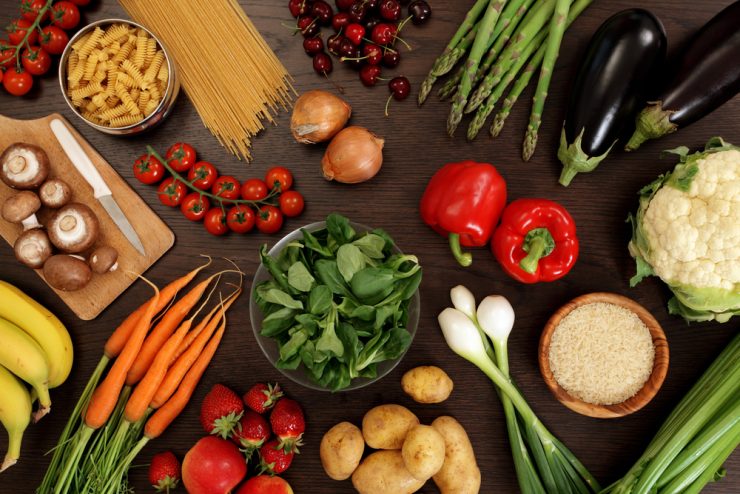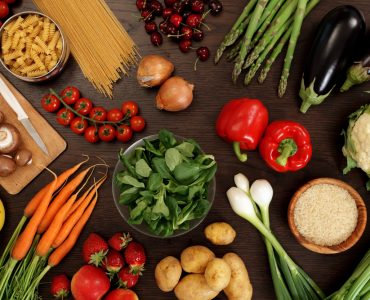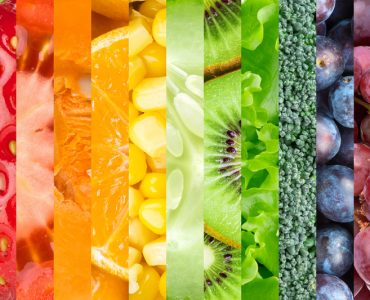During the teenage years the body undergoes rapid growth, with increased bone and muscle forming. It is a time when the teen has an increased appetite, with an increased desire for energy food and a need for extra vitamins and nutrients, most particularly calcium for bone growth, and iron. At the same time, teenagers start to become truly independent beings, making their own decisions about their lives, from fashion to food.
How to get started
While you want to make sure they get the best to meet their body’s needs, it is now a time when your teenager may no longer be listening to you, but paying more attention to their friends.
 It is now that the groundwork you laid during their early childhood will bear fruit. By ensuring your young child had ready access to fruits and a taste for healthy snacks, you will have given your teenager a preference for these when they start to make their own decisions.
It is now that the groundwork you laid during their early childhood will bear fruit. By ensuring your young child had ready access to fruits and a taste for healthy snacks, you will have given your teenager a preference for these when they start to make their own decisions.
Encouragement
If you never managed to get your child to eat vegetables, well it’s never too late to begin to encourage healthy eating habits at home by making sure that the easiest snack option to reach for is the fruit bowl, rather than the crisp packet.

Encourage your teen to take an interest in managing their diet by educating them about the benefits of low fat, low sugar alternatives. Less sugar and fat will mean less spots, less fat, and more energy to spend with their mates.
Rules to follow
The simplest of rules will form the basis of a lifetime of healthy habits: drink plenty of fluid; eat regular meals; and take regular exercise.
Follow the “eatwell plate”, published by the Food Standards Agency to ensure your teen gets the balance just right:
- Carbohydrates – breads, rice, potatoes and pastas – a third of all meals
- Fruit and vegetables – five portions a day
- Dairy – up to three portions, milk, yoghurt, cheese
- Protein – two servings, including meat, fish, eggs, pulses
- Fat – avoid fatty foods
- Sugar – limit sugar-rich foods and drinks













